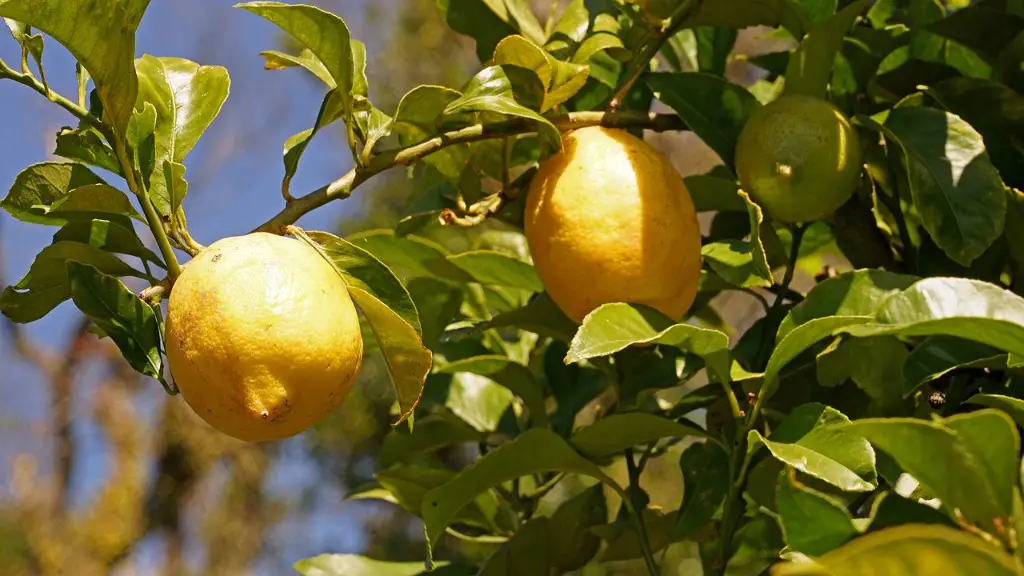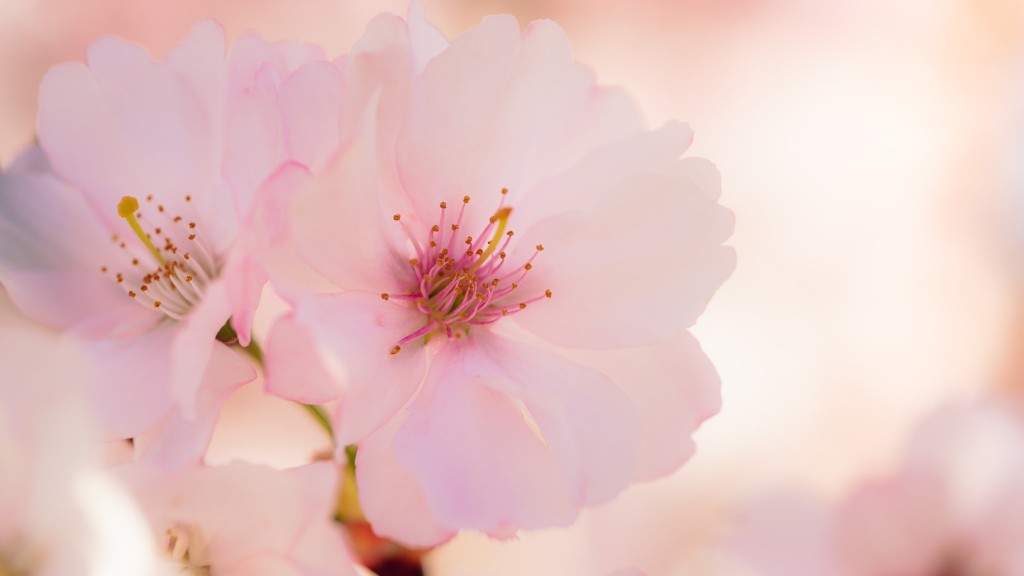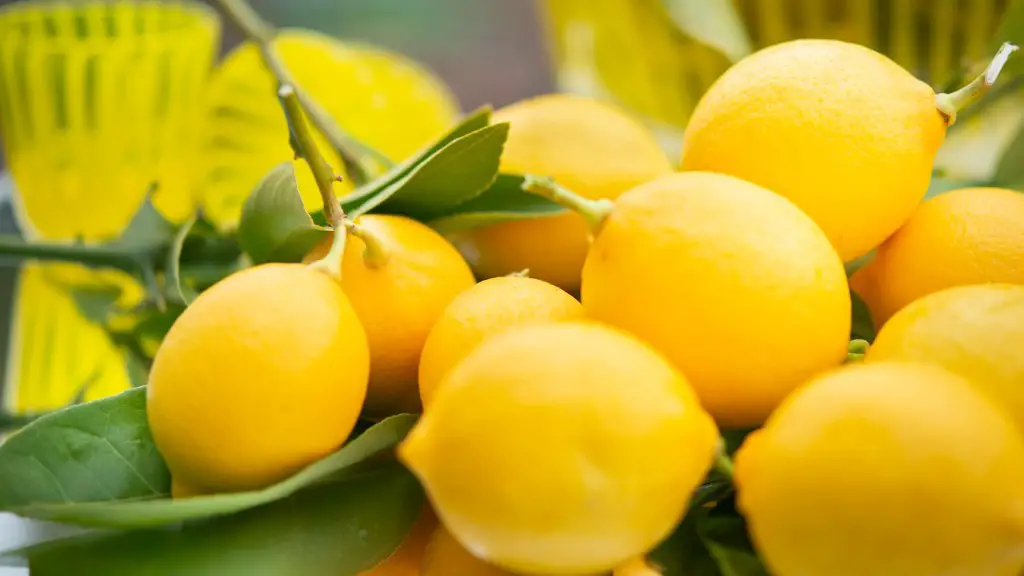Watering a Meyer lemon tree should be done judiciously: too little and the tree won’t thrive, too much and it’ll drown. The general rule is to give the tree a thorough soaking every 10–14 days, depending on the weather. In summer or especially hot climates, you may need to water more frequently, while trees in cooler regions may need less.
To test if your Meyer lemon tree needs watering, put your finger into the soil. If the top 2.5 cm (1 inch) of soil feels dry, it’s time to water. If not, wait another few days. Remember that when you do water, you should soak the entire root ball, not just the top surface – the roots will extend down up to 35 cm (14 inches).
For newly planted trees, you’ll need to keep the moisture levels more even. If the soil is kept too wet, the roots can suffer from oxygen deprivation and start to rot. But if it’s allowed to dry out too much, it will slow down the tree’s growth. Try to keep the soil evenly moist, like a wrung-out sponge, while the tree establishes itself.
During the summer months, you may need to water your lemon tree every 7–10 days. In hotter climates, such as the south of the US, it may require more frequent watering. It’s best to water in the mornings, so that the foliage can dry out during the day. This will help to prevent fungal diseases, which thrive in wet conditions.
In the winter, you can reduce your watering schedule. A good rule of thumb is to water every 10–14 days, depending on the weather. In colder, wetter climates, you may not need to water at all, as the ground will provide enough moisture for the tree. But in warmer, dryer winters, keep a closer eye on the soil moisture levels and water if needed.
Citrus trees and particularly Meyer lemon trees can be sensitive to waterlogged soils, so only water if necessary. If in doubt, wait an extra few days between waterings. With the right balance of water and sun, your tree should provide you with plenty of juicy lemons for years to come.
Potting & Repotting
When potting or repotting a Meyer lemon tree, you should use a light and well draining potting soil. Choose a pot that’s slightly larger than the root ball of your tree, as this will provide enough room for the roots to expand. If you grow your tree in a pot, you’ll also need to prune it to keep it in shape and encourage fruiting.
When re-potting, it’s a good idea to move the tree into a pot that’s no more than 3–4 inches larger than the previous one. If you transfer the tree into a pot that’s too big, the soil will retain too much moisture, which can cause the roots to rot. If you’re potting a bare-root tree, dig a hole in the soil that’s a few inches deeper than the root ball and spread the roots out, before filling the hole back in and lightly compacting the soil.
You should also place a thin layer of gravel at the base of your pot, before adding soil. This will help with drainage, which is essential for citrus trees like Meyer lemons. Water the tree thoroughly when you’re finished and you’re done.
Fertilizing
Meyer lemon trees need a balanced fertilizer that’s high in nitrogen and trace elements, such as potassium, magnesium and zinc. Apply this type of fertilizer when the tree is actively growing in spring and summer, following the manufacturer’s instructions for dilution and application.
If you’re using organic fertilizers, such as a seaweed extract, you should apply it around the base of the tree every 4–6 weeks throughout the growing season. If your lemon tree is in a pot, you should fertilize it every month to keep it healthy and productive.
Avoid fertilizing your Meyer lemon at the start of its growing season, especially if you’re using a nitrogen-heavy fertilizer. This can encourage too much leaf growth and not enough fruiting. You should also avoid fertilizers that are too high in phosphorous, as this can stunt root growth.
Pruning Your Tree
Meyer lemon trees benefit from regular pruning throughout their active growing season. Pruning encourages strong and healthy growth, improves air circulation and encourages fruiting. A pruning in spring, shaping the tree into a pyramid, will also improve energy efficiency.
For young trees, pruning should be done to encourage shape and growth. It’s best to cut branches out at about one-third of the length of the shoot. Make sure to cut just above a growth nodes, the little bumps along the stem, as this will encourage future growth. You should also remove any dead, diseased or crossing branches.
For mature Meyer lemons, it’s best to remove no more than one-third of the shoots when pruning. This will help to maintain a good shape and discourage the tree from becoming too large. Again, make sure to prune at a growth node, cutting to just above it.
You should also check the Meyer lemon tree for scale and mealy bugs, which can be a problem for indoor plants. If you find any, use an insecticidal spray to eradicate them. But be sure to check the label for any warnings about spraying citrus fruit.
Positioning & Lighting
Meyer lemon trees need plenty of light to produce fruit. For outdoor plants, a sunny spot in the garden is ideal. But if you’re growing your tree indoors, you’ll need to provide enough light for it to thrive. Place the tree in an area where it will be exposed to at least 6 hours of direct sunlight a day. If this isn’t possible, supplement the light with a grow light.
When it comes to positioning the tree, you’ll need to give it some space. Like all citrus trees, Meyer lemon trees produce a lot of foliage, so be sure to choose a spot with enough room for the tree to grow. If you’re growing your tree in a pot, you’ll need to move it outdoors during the summer months and bring it back indoors during the winter.
Using a fan to provide ventilation around your lemon tree will also be beneficial. This will help to reduce the risk of fungal diseases and keep the environment around the tree evenly distributed. If the air around your tree is too dry, you can invest in a humidifier, to provide the extra moisture it needs.
Harvesting Your Lemons
Meyer lemon trees tend to be bi-annual bearers, producing their main crop in the spring, with a secondary crop in the fall. You should harvest the lemons when they’re plump and heavy, as this indicates they’re ripe. If you’re not sure, taste one – it should be sweet and juicy.
To harvest the lemons, twist them off the tree. Be careful not to pull the fruit as this can damage the branches. Remember, you don’t have to wait until the lemons are fully ripe to harvest them, as you can pick them when they’re slightly unripe and let them ripen at room temperature.
After harvesting, it’s important to keep an eye on the lemons and pick any new fruit before it gets too ripe and starts to rot. This will help to keep the tree healthy and encourage good yields.
Pests & Diseases
Meyer lemon trees can suffer from a range of common pests and diseases, including aphids, citrus leaf miner, black sooty mold and scale. You should check your tree regularly for signs of pests, such as sticky leaves or curled foliage. If you see any signs of pests, you can use an insecticidal spray to get rid of them.
Disease-wise, Meyer lemon trees are susceptible to brown rot, canker and gummosis. Brown rot is caused by a fungus, and can cause the fruit to fall prematurely. To help prevent it, make sure that you plant your tree in a sunny location, with well-draining soil. If you already have a tree with brown rot, you may need to use a fungicidal spray to treat it.
Canker, which is caused by a bacterial infection, can cause bark and twigs to die back. This can be prevented by avoiding stress to the tree, such as over-watering or inadequate pruning. If your tree is already affected by canker, you should prune off any infected branches, and then treat it with a copper-based fungicidal spray.
Gummosis, while not always severe, can discolor and deform the fruit. To prevent it, maintain an even soil moisture level and avoid waterlogging. If your tree is already affected, it can be treated with a fungicide spray, such as bacillus subtilis.



